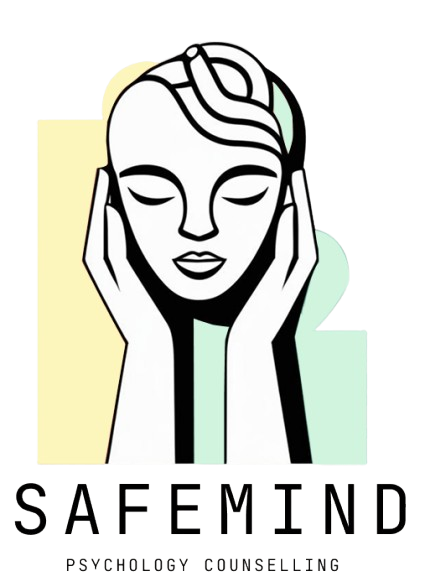It’s not “just stress.” Mislabeling burnout as depression—or vice versa—can delay the support you truly need.
In a culture where “I’m just tired” is a badge of honor, it’s easy to miss the deeper signs of emotional strain. Burnout and depression often share symptoms, but their causes, intensity, and solutions are different. Understanding both can help you—and those around you—heal smarter and faster.
| Symptom | Emotional Burnout | Clinical Depression |
| Work-related cynicism | ✅ Often feels emotionally drained by work or roles | ❌ Less tied to specific settings |
| Lack of energy | ✅ Exhaustion after effort | ✅ Constant fatigue, even at rest |
| Sadness not linked to tasks | ❌ Mood improves with rest or a break | ✅ Persistent sadness or emptiness |
| Enjoyment in personal life | ✅ May still enjoy hobbies or relationships | ❌ Often loses pleasure in everything |
| Appetite/sleep changes | ❌ Less frequent or mild | ✅ Frequent—insomnia, overeating, weight loss/gain |
Real Talk:
Burnout is usually triggered by chronic external stressors—a toxic workplace, emotionally draining caregiving, or relentless study schedules.
Depression, on the other hand, is an internal emotional imbalance. It can be triggered by trauma or life events, but it often persists regardless of changes in environment.
📊 A 2022 study in the Journal of Affective Disorders found that over 40% of individuals experiencing burnout showed subclinical depressive symptoms—meaning they were at risk of full-blown depression without realizing it.
- A 2022 study in the Journal of Affective Disorders found that over 40% of individuals experiencing burnout showed subclinical depressive symptoms—meaning they were at risk of full-blown depression without realizing it.
🧠 How Therapy Helps You Decode the Difference
At SafeMind Studio, we often help clients explore whether they’re facing burnout or something deeper. Here’s how therapy bridges that clarity:

- Narrative Therapy: You explore your story—when the exhaustion started, what roles you feel trapped in, what emotions you’re suppressing. This helps uncover patterns of external overwhelm vs. internal emotional void.
- CBT (Cognitive Behavioral Therapy): Helps identify distorted thoughts contributing to hopelessness (“I’m never good enough”), and replace them with balanced truths.
- Mindfulness & Expressive Therapy: Gentle approaches like grounding, art therapy, and journaling help regulate emotions and reconnect with inner joy—something burnout often silences.
- Shadow Work & Trauma Exploration: If depression has roots in unprocessed trauma or inner conflict, deeper therapy modalities like Shadow Work and Inner Child Healing bring lasting change.
Activity
Try This Now: “Energy Inventory Journal Prompt”
Take out a notebook or open a notes app. Set a timer for 7 minutes.
✍️ Write down:
- Three things that completely drain your energy every day (e.g., replying to work messages after 8 PM, skipping meals, emotionally supporting everyone but yourself)
- Three things that light you up—even briefly (e.g., dancing to your playlist, talking to a kind friend, watching memes)
Now reflect
How many of your days are ruled by energy drainers?
What small habit can you add or remove this week?
💡Insight:
If you struggle to think of anything joyful—this may be a sign of deeper emotional fatigue or depression. That’s your cue to seek help, not push harder.
📍 You Deserve to Feel Better
Whether you’re facing burnout from hustle culture or navigating a silent battle with depression, you don’t have to do it alone. Our therapists at SafeMind Studio, Pune, specialize in personalized care—both online and in person—to help you regain your
mental balance.

